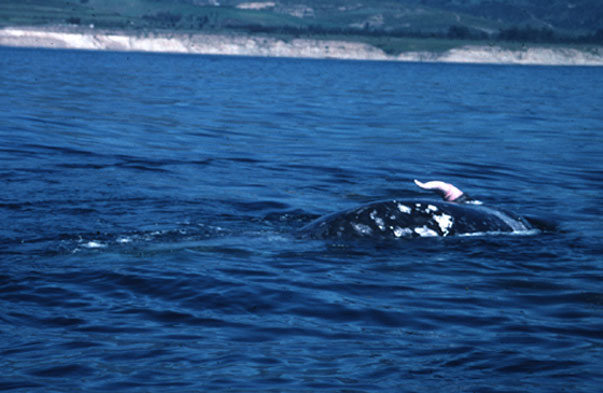

Surprisingly, the research imbalance is likely due to longstanding gender stereotypes and not perhaps the more common assumption that it’s just easier to observe and study penises than vaginas.Īs science journalist Ed Yong recently noted, this is a troublesome trend. (It’s also apparent in the museum scene, too-sadly, today, there’s no vagina equivalent to rival the Icelandic Phallocological Museum). Right now, penises get far more attention than vaginas in the science world. Experts have reported that females can sometimes have up to 7 mates in one session! Scientists hypothesize that with larger testes, males can produce more sperm, allowing them to increase their chance to pass on their genes.It’s not easy to study a whale vagina. Using their long prehensile (movable) penis, they then try to mate with the female.


Unlike other whale species, male southern right whales do not aggressively compete with each other for a female’s attention, even though it is still not a walk in the park… Multiple males usually surround a female and rub themselves as close as they can to the female’s body. So why on earth would they need such massive testes? Scientists think it has to do with how southern right whales mate. Each! That’s about as heavy as a newborn gray whale or an adult horse! This weight also accounts for about 2% of an adult male southern right whale’s body weight. Each testicle can weigh up to 500kg- 900kg. However, nothing can compare in size to the southern right whale’s testes. Testes come in all shapes and sizes in the animal kingdom. This network consists of veins and arteries stacked very tight to promote countercurrent blood flow keeping certain body parts cool or warm. To keep their testicles cool they utilized a network of blood vessels known as the rete mirabile. Having their reproductive organs stay inside their body could lead to testes overheating. In fact, their penis originates from two fused structures attached to a vestigial pelvic bone. Right whales’ pelvic bones are not used for movement but for penile erection and control. The whale male reproductive system is completely different from humans’ because it is all internal! The main evolutionary advantages of having an internal reproductive system are better hydrodynamics and minimizing heat loss (since testes have a lot of blood vessels). Here is a rendition of the differences between a male and female southern right whale - Credit: Naomi Mathew Scientists think these folds prevent excess water from entering the vaginal area. Finally, their vaginas have multiple folds (the shape and number depend on the species). Second, whales do not have their period! Instead of shedding their uterine walls, their body will reabsorb the lining. It has a single cavity and the fetus will develop in only one of the uterine horns. First, the right whale’s uterus is bicornuate, meaning it’s more heart-shaped than pear-shaped. A southern right whale with her calf - Credit: Lee Dingain What makes whales’ reproductive systems uniqueįor females, the reproduction system is very similar to what humans have, apart from a few key differences. This article will explain the unique features of whales’ reproductive systems and explore the potential reasons for the right whale’s bigger-than-average organs. However, we find animals in the wild kingdom with various large parts: elephants have large trunks, baboons have oversized butts … and male southern right whales have massive testes. In our world, we say size does not matter.


 0 kommentar(er)
0 kommentar(er)
